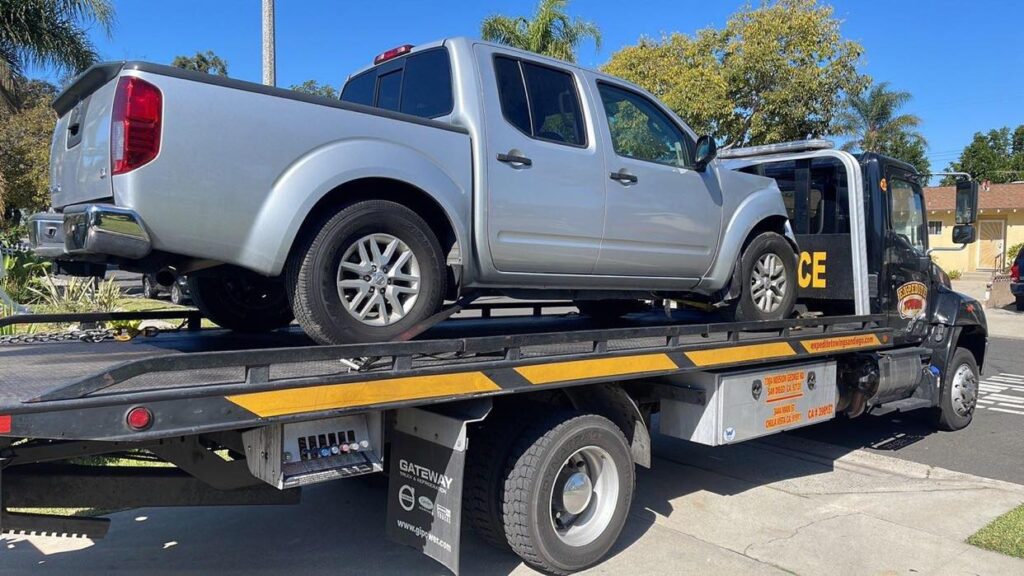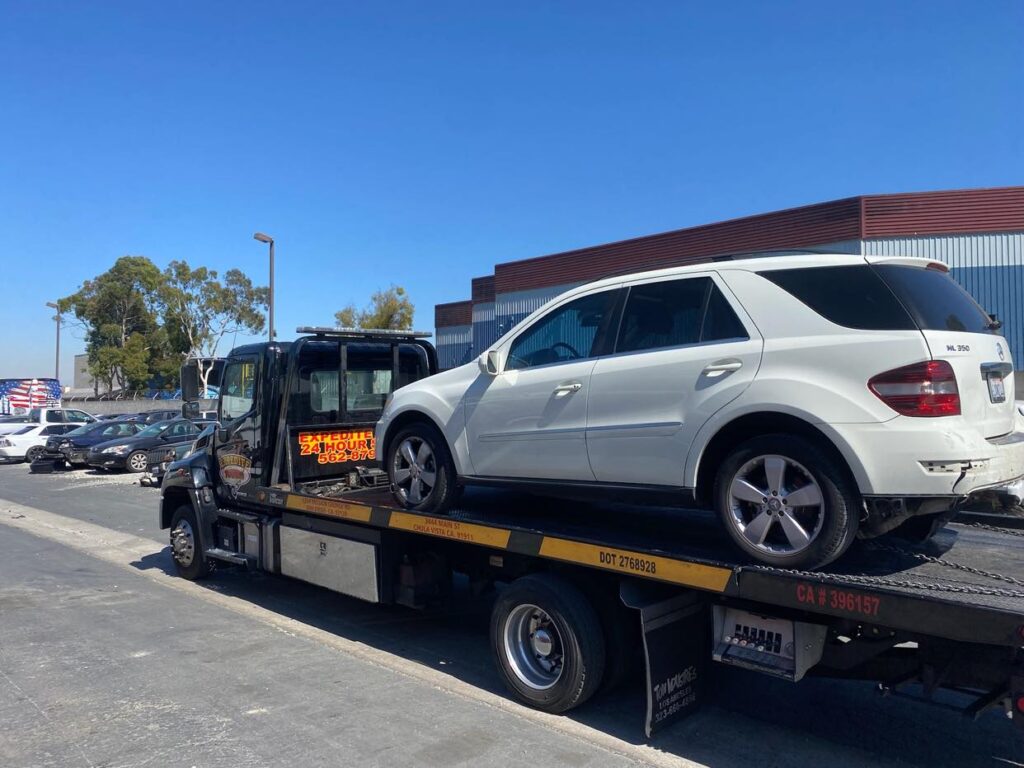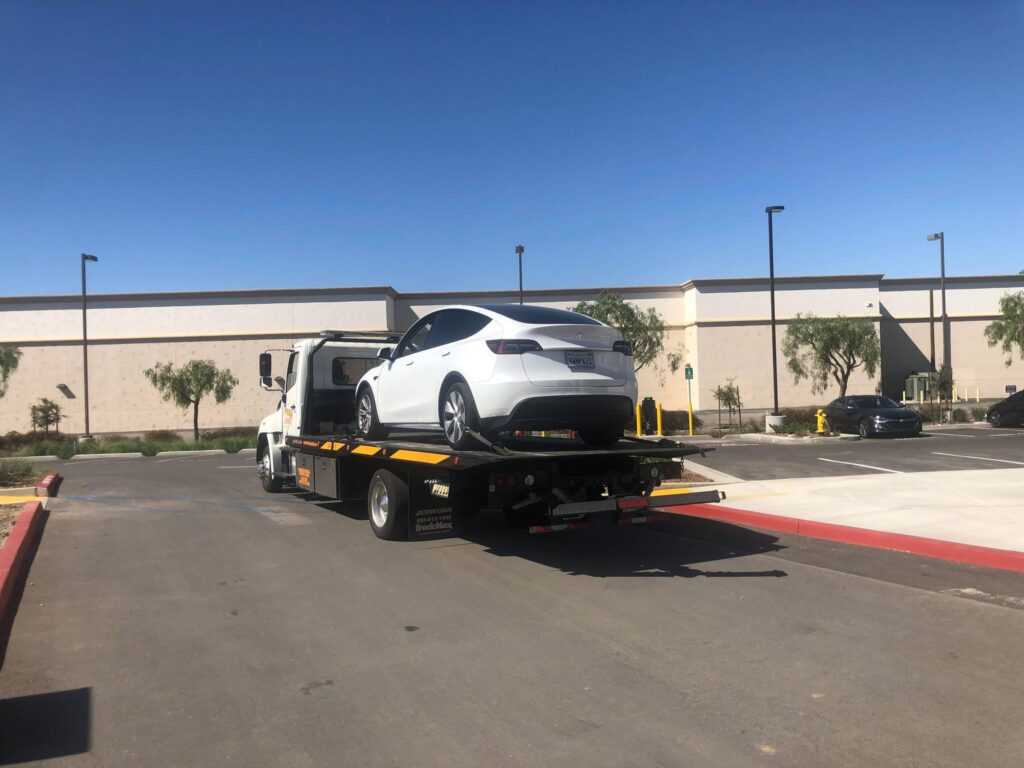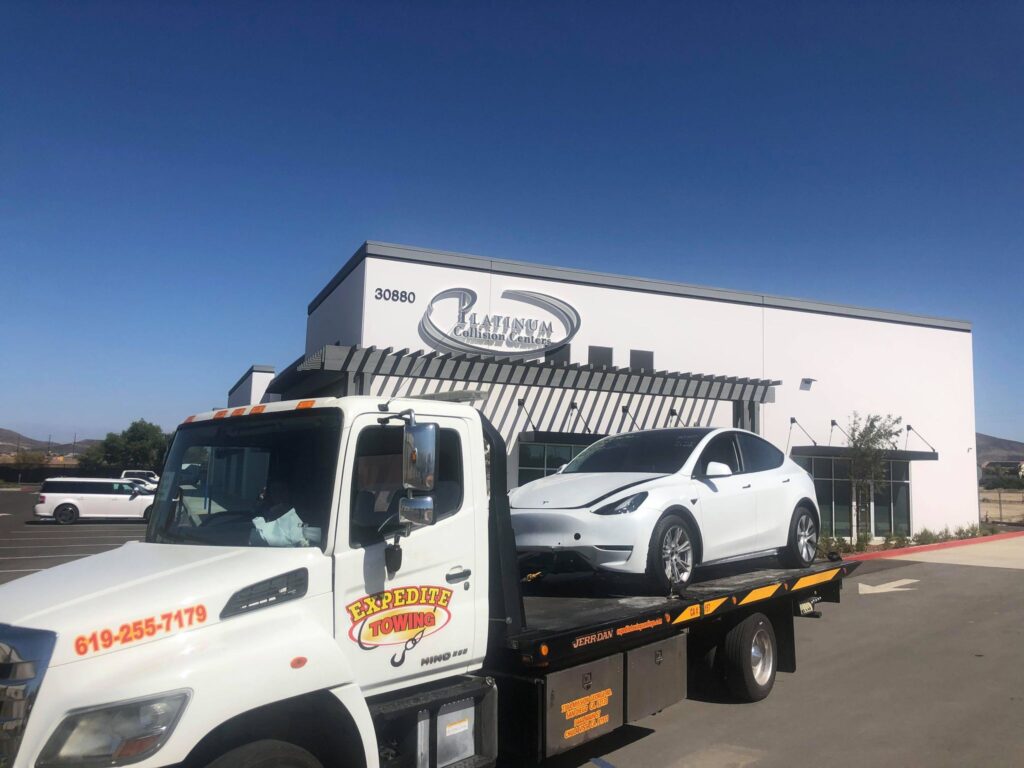Towing and roadside assistance are essential services that provide security and peace of mind to drivers everywhere. From understanding your insurance coverage to handling emergencies with confidence, our guide offers a comprehensive look into the world of towing and roadside assistance. Whether you’re facing a flat tire, a dead battery, or the need for a tow, being prepared can make all the difference. Here are the key takeaways from our essential guide to ensure you’re never left stranded.
Understanding Roadside Assistance Coverage

Deciphering Your Policy: What’s Included and What’s Not
When I first glanced at my roadside assistance policy, it felt like navigating through a maze of terms and conditions. But understanding what’s included and what’s not is crucial for peace of mind on the road. Not all policies are created equal, and it’s essential to know the specifics of your coverage. For instance, while some policies may offer comprehensive help, from towing to fuel delivery, others might have notable exclusions or require additional costs for certain services.
Here’s a quick rundown of common features you might encounter:
- Towing services
- Mileage limitations
- Fuel delivery
- tire replacement
- Lockout assistance
- Battery jump-starts
Remember, eligibility requirements and limitations can vary, and it’s always wise to refer to your policy for the most detailed and accurate information. The fine print may reveal exclusions or additional costs that could affect your decision.
Choosing the right policy is akin to selecting the correct path on a journey. It’s about aligning the coverage with your driving habits, the distances you cover, and your personal needs. Always consider the mileage limitations and whether they match your typical routes. After all, exceeding these limits can lead to unexpected expenses.
The Importance of Roadside Assistance in Your Insurance Plan
I’ve come to realize that having roadside assistance as part of my insurance plan is not just a luxury, it’s a necessity. It’s like having a safety net that catches me whenever my car decides to throw a curveball. Whether it’s a flat tire, a dead battery, or even running out of gas, roadside assistance coverage is designed to assist and pay for expenses incurred from a broken down or disabled vehicle.
Here’s a quick rundown of typical services included in roadside assistance coverage:
- Towing
- Battery jump-start
- Flat tire change
- Lockout service
- Fuel delivery
Embracing roadside assistance in your insurance plan is a steadfast approach to ensuring that your vehicle ownership experience remains smooth, even over bumpy roads. It’s about being proactive rather than reactive.
Whether I’m a daily commuter or an occasional traveler, emergency roadside assistance is a vital service. It not only safeguards my safety but also ensures peace of mind, protects my wallet, and enhances my overall driving experience. So, before I hit the road again, I make it a point to review my current policy and ensure that I’m covered for every eventuality. After all, in the automotive odyssey, the map to safety and security begins with me.
How to Choose the Right Roadside Assistance Program
When I’m on the road, I know that having a reliable roadside assistance program is crucial for my peace of mind. Choosing the right plan requires careful consideration of several factors. First, I always compare the coverage options. Some plans offer basic services like towing and jump-starts, while others include additional perks such as trip interruption coverage or discounts on repairs.
Here’s a quick checklist I use to evaluate roadside assistance programs:
- Coverage details: What services are included?
- Cost: How does the price compare to the benefits?
- Service area: Is assistance available nationwide or only in specific regions?
- Response time: How quickly do they typically respond to a call for help?
- Customer reviews: What do other users say about their experiences?
It’s essential to match the program to your specific needs. If you frequently travel long distances, a plan with a wide service area and trip interruption benefits might be ideal. On the other hand, if you mostly drive around town, a basic plan might suffice.
I also make sure to check if my insurance company offers roadside assistance as an add-on to my existing policy. This can often be a convenient and cost-effective option. Remember, the best roadside assistance plans are those that provide the right balance of coverage, cost, and convenience for your individual situation.
Navigating the Towing Process

When to Call for a Tow: Assessing Your Situation
I’ve learned that when I’m faced with a vehicle breakdown or an accident, the decision to call for a tow truck isn’t always straightforward. Safety should always be my first concern; if I’m in a situation where my car is causing a hazard or if I’m unable to drive it safely, then it’s clear that I need to call for a tow. Here’s a quick checklist I use to assess whether I should drive or call for a tow:
- Am I emotionally and physically capable of driving?
- Is my vehicle obstructing traffic or posing a danger?
- Can my car operate under its own power?
- Are there any fluids leaking that could indicate serious damage?
If these emotions are overwhelming, it may be best to call for a tow truck instead of risking driving in an unsafe condition. Assessing the Status of Your Car
After ensuring my own safety and that of other road users, I then consider the practicalities. I check my insurance policy to understand what’s covered and what’s not. If I’m unsure, I’ll contact my insurance company for guidance or ask the responding authorities for a referral. By taking these steps and following these guidelines, I’m not just waiting for help; I’m actively contributing to a safer resolution of my roadside emergency.
The Step-by-Step Guide to Safe Vehicle Towing
When it comes to safe vehicle towing, it’s crucial to understand the process and ensure that both your car and the tow truck are prepared for the journey. Choosing the right Car Towing Service is the first step to a smooth experience. Here’s a quick rundown of what to expect:
- Preparation: Before the tow, make sure your vehicle is ready. This includes removing any loose items that could cause damage or become hazards during transport.
- Coordination: As your car is being towed, keep an eye on the towing vehicle and maintain coordination. Reaction time is key to preventing any sudden jolts or mishaps.
- Tension: It’s important to maintain tension in the tow rope or chain. This means braking gently if you notice slack, to avoid any snapping or snagging.
If you’re using a Flatbed Tow Truck, the process will involve securing your vehicle onto the flatbed. This method is often safer and reduces the risk of damage to your car.
Remember, safety is paramount when towing. Always follow the guidelines provided by your towing service and adhere to all traffic laws to ensure a secure transport.
When selecting a towing service, look for one that emphasizes legal compliance and offers 24 hour towing. This can be a lifesaver in emergency situations and is a sign of a reliable provider.
Long Distance vs. Local Towing: Making the Right Choice
When faced with the need to tow your vehicle, understanding the differences between long distance and local towing is crucial. Long distance towing is a specialized service that’s essential when you’re relocating or need to transport your vehicle across state lines. It’s designed to handle the complexities of extended travel, ensuring your car arrives safely and without unnecessary wear and tear.
On the other hand, local towing is often a quicker solution for immediate needs, such as when your car breaks down or you’re involved in an accident close to home. It’s typically more cost-effective for short distances and can be a real lifesaver in emergency situations.
Choosing the right towing service depends on the distance, your vehicle’s condition, and the level of service you require. Expedite Towing San Diego, for instance, offers comprehensive services that cater to both local and long-distance needs, including roadway hazard awareness and detailed breakdown assistance.
Here are some factors to consider when deciding between the two:
- Service Availability: Ensure the towing company can accommodate your specific situation, whether it’s a local mishap or a cross-country move.
- Equipment: Long distance towing often requires flatbed trucks to minimize wear on your vehicle, while local towing might use traditional tow trucks.
- Cost: Local towing is generally less expensive, but long distance towing provides the necessary safeguards for longer trips.
- Timing: If you need immediate assistance, local towing is the way to go. For planned relocations, schedule long distance towing in advance.
Remember, the right choice will not only save you time and money but also protect your vehicle during transit.
Roadside Emergencies and How to Handle Them

Common Roadside Issues and Immediate Actions
When I’m faced with a roadside emergency, the first thing I do is stay calm and assess the situation. It’s crucial to quickly determine whether I’m dealing with a minor hiccup or a serious problem. I listen for odd noises, sniff for strange odors, and keep an eye on my dashboard for any warning lights.
Once I’ve assessed the severity, I prioritize my next steps. Can I safely continue, or do I need immediate assistance? If there’s any doubt, I opt for safety and call for help.
Ensuring visibility is my next move. I make sure to have my insurance and registration handy, and if I can’t move my car off the road, I signal for help—either by phone or by flagging down fellow drivers. Here’s a quick checklist of what to do:
- Assess the severity of the issue
- Check if you can proceed safely
- Ensure visibility and signal for help
- Keep important documents accessible
- Call for aid if necessary
Remember, roadside assistance is there for emergencies, not routine maintenance. If I’m unsure, I don’t hesitate to call and explain my situation. They can guide me on whether I need professional help. And for those in Indianapolis needing assistance, remember the number (619) 255-7179 support.
Building an Effective Roadside Emergency Kit
I’ve learned through experience that being prepared with a well-stocked roadside emergency kit is not just about convenience; it’s about safety and peace of mind. Having the right items on hand can turn a potential crisis into a manageable situation.
Here’s what I always keep in my kit:
- First aid supplies for minor injuries
- A reliable flashlight with extra batteries
- Jumper cables for unexpected battery failures
- A sturdy tow rope
- Reflective warning triangles to alert oncoming traffic
- A multipurpose utility tool
- Bottled water and non-perishable snacks
It’s not just about having these items, but also knowing how to use them effectively. Familiarize yourself with each component of your kit; it could make all the difference.
Remember, your kit should be tailored to your specific needs and the conditions you might face. For instance, if you’re in a region with severe winters, include items like a blanket, ice scraper, and sand or cat litter for traction. Regularly check your kit to ensure everything is in working order and replace any used or expired items. With these steps, you’ll be well-equipped to handle most roadside emergencies.
Private Property Towing: Know Your Rights and Responsibilities
When it comes to private property towing, it’s crucial to be informed about the rules that apply to both property owners and vehicle owners. Understanding your rights can save you from unnecessary stress and expenses when dealing with a tow from private property. Here’s what you should keep in mind:
- Always check for clear and visible towing signs on private property. These should state the conditions under which a vehicle may be towed.
- Know the local laws and regulations. For instance, some areas require a waiting period before a vehicle can be towed from private property.
- If your vehicle has been towed, ensure that the towing company adheres to the state-specific maximum rates and that they provide a detailed invoice.
In the event that your vehicle is towed, it’s important to act promptly. Gather all relevant information such as the tow company’s name, the driver’s details, and any evidence of the towing conditions. This can be crucial if you need to dispute the tow or if your rights have been violated.
Remember, towing laws vary by state, and being aware of these can protect you from predatory towing practices. If you feel your rights have been infringed upon, don’t hesitate to seek legal advice.
The Legalities of Roadside Assistance and Towing

Understanding the Laws Surrounding Vehicle Removal
When I found myself in a situation where my car needed to be removed from the road, I quickly realized the importance of understanding the legalities involved. Navigating the complexities of vehicle removal laws is crucial to ensure that your rights are protected and that you’re not taken advantage of during a stressful time.
In my experience, I’ve learned that towing laws can differ significantly from state to state. For instance, some states have strict regulations on the maximum fees that can be charged, while others may have more lenient rules. Here’s a quick list of rights that I’ve found to be common across many regions:
- The right to consent to the tow
- The choice of where your vehicle is towed
- Access to your vehicle after it’s been towed
- Information on where your vehicle will be stored
- Transparent rates and payment options
If you ever feel that your rights have been violated during a tow, it’s essential to document everything. Take note of the incident’s details, the tow truck’s license plate, the driver’s name, and the towing company’s name. This information can be invaluable if you need to take further action.
Remember, knowledge is power. By familiarizing yourself with your local towing laws and your rights as a vehicle owner, you can avoid unnecessary complications and ensure that the process is as smooth as possible.
Accident Removal Towing: Procedures and Protocols
After experiencing a car accident, the process of removing your vehicle from the scene can be daunting. Safety is paramount, and it’s essential to know the steps to take to ensure a smooth and secure towing experience. Here’s what I’ve learned about the procedures and protocols for accident removal towing:
- First, move to a safe location away from traffic and call emergency services.
- Second, contact your insurance company for guidance on selecting a tow truck service. Avoid using just any tow truck that appears at the scene.
- Third, if you’re unable to reach your insurance, ask the responding authorities for a referral.
Remember, professional tow truck operators are trained to handle these situations with care and efficiency. They use specialized vehicles and equipment to move damaged cars to a safe location, such as a repair shop or impound lot.
It’s also crucial to understand the types of towing services available and choose one that suits the specific needs of your situation. Whether it’s local or long-distance towing, the right service can turn a stressful situation into a manageable one.
Navigating Private Property and Public Space Towing Regulations
When it comes to towing vehicles from private property or public spaces, the rules can be complex and vary widely depending on your location. Understanding these regulations is crucial to avoid legal issues and ensure that the towing process is carried out correctly. For instance, on private property, the owner has the right to remove unauthorized vehicles, but this right is subject to local laws that may require signage or notification before towing.
- Always check local ordinances for specific towing regulations.
- Ensure proper signage is displayed if required by law.
- Obtain the necessary permissions or contracts with towing services.
It’s important to remember that towing regulations are not just about removing a vehicle; they’re about maintaining order and safety on the property. As a vehicle owner, I make it a point to be aware of parking rules wherever I park to avoid the inconvenience of being towed.
Public space towing, on the other hand, often involves different authorities and a separate set of rules. For example, city streets may be under the jurisdiction of municipal authorities, and towing may be enforced for reasons such as obstructing traffic or emergency access. Being informed about these regulations can save you from unexpected towing fees and the hassle of retrieving your vehicle from an impound lot.
Ensuring Safety During Towing and Roadside Assistance

Towing Safety 101: Best Practices for Drivers and Operators
When it comes to towing, safety is paramount. I always emphasize the importance of preparation before hitting the road. It’s not just about connecting a vehicle to a tow truck; it’s about ensuring that both the tow truck and the vehicle being towed are ready for the journey ahead. This includes a thorough check of the tires, brakes, lights, and ensuring that all cargo is secure.
As a driver, I’ve learned that the skills required for safe towing are unique. Accelerating, braking, and turning all demand extra attention to avoid any harm to vehicles, objects, or people. For those rare occasions when professional help isn’t available, I’ve compiled a list of tips to keep in mind:
- Always check your vehicle and trailer for any potential issues.
- Confirm that your tow vehicle can handle the weight of the load.
- Practice maneuvers in a safe environment before embarking on a long journey.
Safety isn’t just a practice; it’s a responsibility. As drivers and operators, we must balance safety with compliance to ensure a safe journey for everyone involved.
Emergency Contact Strategies: Preparing for the Unexpected
Being prepared for the unexpected while driving extends beyond the contents of your trunk. It’s about knowing the right steps to take for your safety and that of others. Having the right emergency towing and roadside assistance contacts readily available is crucial.
Here’s what you should keep in mind:
- Store the contact information of a reliable towing service in your phone and vehicle.
- Familiarize yourself with the towing service’s procedures for requesting help.
- Be aware of common roadside scams to avoid falling victim to fraudulent schemes.
In the event of a roadside emergency, having a professional service you can trust is invaluable. It’s not just about waiting for help; it’s about ensuring you’re in safe hands.
Remember, Expedite Towing San Diego offers seamless long-distance towing, legal towing services, road hazard awareness, and detailed breakdown assistance. Always choose the right towing truck for your needs to ensure a smooth and safe recovery.
The Role of Professional Towing Services in Roadside Safety
In my experience, the importance of professional towing services in ensuring roadside safety cannot be overstated. Towing companies play a crucial role in rescuing stranded motorists, transporting disabled vehicles, and providing much-needed support in times of distress. Their expertise and equipment are indispensable in managing roadside emergencies effectively.
Safety is paramount in any roadside emergency situation, and qualified towing and recovery services prioritize it above everything else. By hiring a professional towing company, I can rest assured that my safety and the safety of my vehicle will be their top priority. Attempting to handle a breakdown on my own could put me at risk of injury or damage to my vehicle.
Professional tow truck businesses offer more than just towing. Some also provide roadside assistance, such as jump-starting a dead battery, delivering fuel, or changing a flat tire. This can be especially helpful when I find myself stranded with no one else to turn to.
In conclusion, when faced with a vehicle breakdown or emergency, I always turn to professional tow truck services for help. Their availability, fast response times, proper equipment, and knowledge, as well as safety and damage prevention measures, make them the best option for roadside assistance. Don’t hesitate to reach out to a professional towing company when needed
- it could save time,
- money, and most importantly,
- ensure safety on the road.
When you’re in need of reliable towing or roadside assistance, safety is paramount. At Expedite Towing, we understand the urgency and the importance of a prompt response. Our team of professionals is equipped to handle any situation, ensuring that you and your vehicle are in safe hands. Don’t let a breakdown or a flat tire ruin your day – visit our website for swift and secure services. Click now to get the help you need, when you need it most.
Conclusion
As we wrap up this essential guide to towing and roadside assistance, remember that preparation and knowledge are your best allies on the road. Whether it’s understanding the nuances of your insurance policy, keeping essential contact information handy, or knowing when to call for professional help, each step you take towards being informed can make a significant difference in a roadside emergency. Don’t forget to equip your vehicle with a well-stocked emergency kit and familiarize yourself with safety protocols to ensure a safe journey. By staying prepared and informed, you can navigate the unexpected with confidence and ease.
Frequently Asked Questions
What should I check for when reviewing my roadside assistance coverage?
When reviewing your roadside assistance coverage, ensure it includes services like towing, tire changes, jump-starts, fuel delivery, and lockout assistance. Check for any exclusions, limits on usage, and the distance covered for towing services.
How do I choose the right roadside assistance program?
Choose a roadside assistance program based on factors like coverage options, response time, customer reviews, the network of service providers, and additional benefits. Compare costs versus services offered to find the best value.
What are the steps to safely tow my vehicle?
To safely tow your vehicle, first, ensure your safety and that of others by moving to a safe location. Call a professional towing service, accurately describe your situation, and wait for assistance. Follow any instructions given by the towing operator.
When is long distance towing necessary, and how does it differ from local towing?
Long distance towing is necessary when your vehicle needs to be transported over a significant distance, often to another city or state. It requires specialized equipment and logistics, compared to local towing which is for shorter distances within the same area.
What should I include in my roadside emergency kit?
Your roadside emergency kit should include items like a first aid kit, flashlight, reflective warning triangles, jumper cables, tire inflator or sealant, gloves, basic tools, water, and non-perishable snacks.
What are my rights and responsibilities when it comes to private property towing?
Your rights include receiving a proper notice before towing and access to information about the towing service used. Responsibilities involve parking legally and understanding the specific property’s parking rules to avoid being towed.
if your looking for flatbed tow truck and a cheapest towing near me contact Expedite Towing for affordable towing rates.

